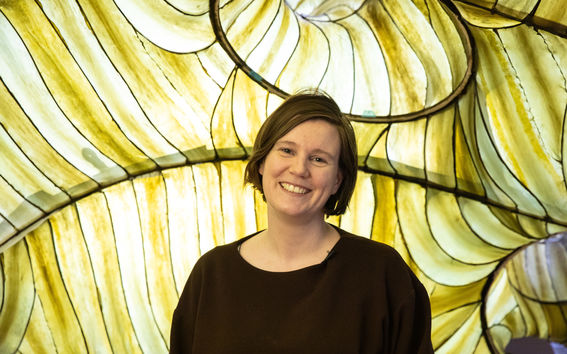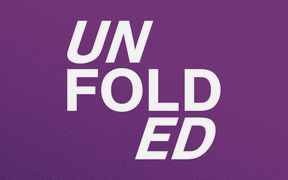From not knowing to new knowledge via imagining

The knowledge needed to address complex problems is scattered across all scales of intervention, across all disciplines. This requires us to be empathic towards other forms of knowing and bold to step out of our own disciplinary comfort zone and cultivate the conceptual land between the disciplines.
I consider design a bridge-building discipline that enables collaboration and communication across disciplines. Designers are trained to connect the dots, to envision and test multiple variables, not to think in linear pathways but suggest alternative futures.
We are also trained to visualise ideas, to think boldly (even though we might not be sure yet), and not be embarrassed to ask naïve questions. This translation enables communication across disciplinary silos. Design-knowledge is also applied knowledge: we are trained to turn theory into practice, a vision into reality.
However, it is only when we bring in experts from other disciplines or from the societies we are addressing, that we can turn this transformational knowledge into a useful asset and system knowledge.
Radical creativity happens in the stages from not knowing to imagining and slowly establishing new knowledge. So radical creativity can occur in different states: as a vision, as a process, as a method of inquiry that questions the given.
Julia Lohmann
Professor of Practice
Contemporary Design
School of Arts, Design and Architecture
Julia LohmannRadical creativity happens in the stages from not knowing to imagining and slowly establishing new knowledge."
Mindset for radical creativity by Julia Lohmann:
-
Willingness to communicate across disciplinary boundaries
-
Curiosity for other types of knowledge
-
Empathy towards other processes
-
Humbleness to acknowledge that each discipline provides only parts of the puzzle
-
Playfulness to sometimes just try out renegade ideas
-
The self-confidence to not be scared of sounding naïve
-
Values that make you care
Unfolded
Aalto University UNFOLDED magazine focuses on contemporary issues dealing with creativity, experimentation, and transdisciplinary co-creation.

Radical creativity
We enable experimental activities that challenge the status quo.

Read more news

Research Council of Finland establishes a Center of Excellence in Quantum Materials
The Centre, called QMAT, creates new materials to power the quantum technology of coming decades.
Major funding powers development of next-generation machine technology aimed at productivity leap in export sectors
The BEST research project is developing new types of sealing, bearing, and damping technology.
The TAIMI project builds an equal working life – a six-year consortium project seeks solutions to recruitment and skill challenges
Artificial intelligence (AI) is changing skill requirements, the population is aging, and the labor shortage is deepening. Meanwhile, the potential of international experts often remains unused in Finland. These challenges in working life are addressed by the six-year TAIMI project funded by the Strategic Research Council, and implemented by a broad consortium.






